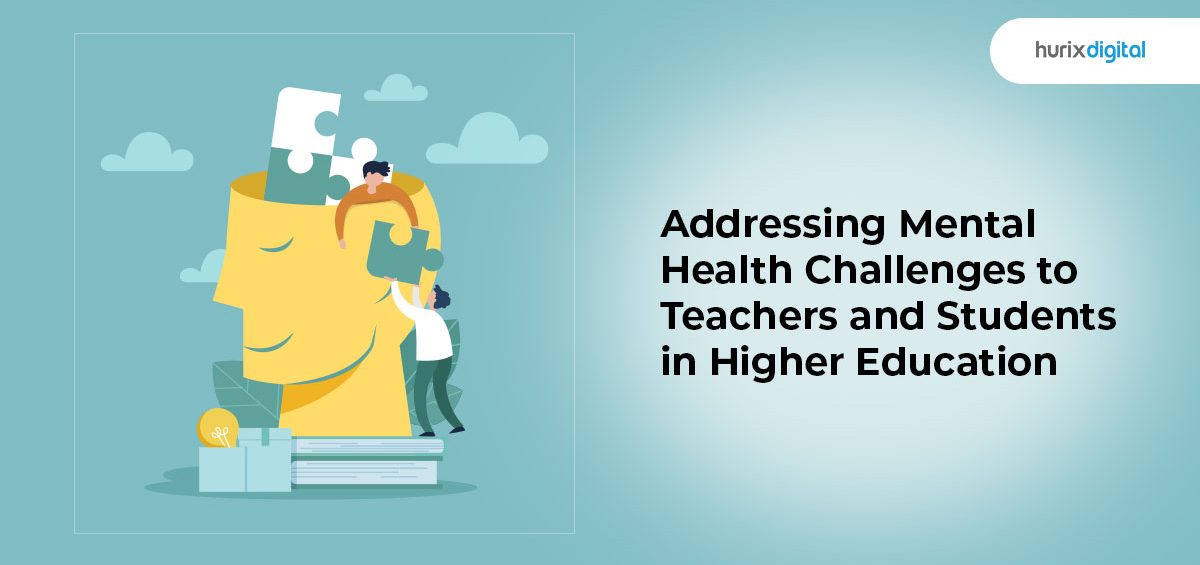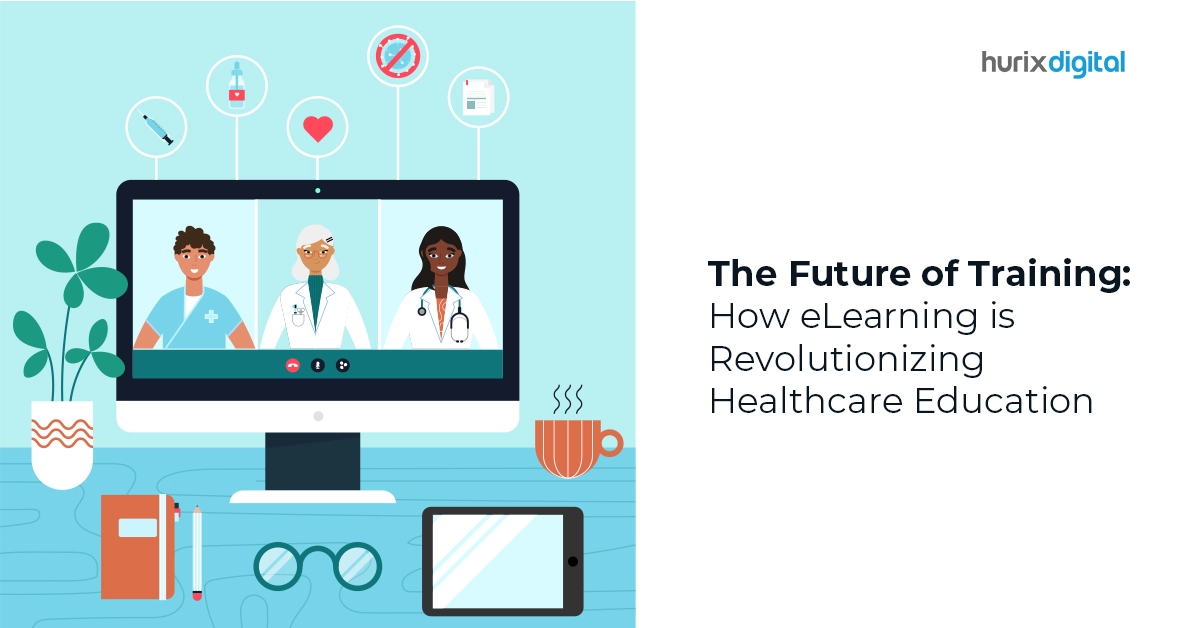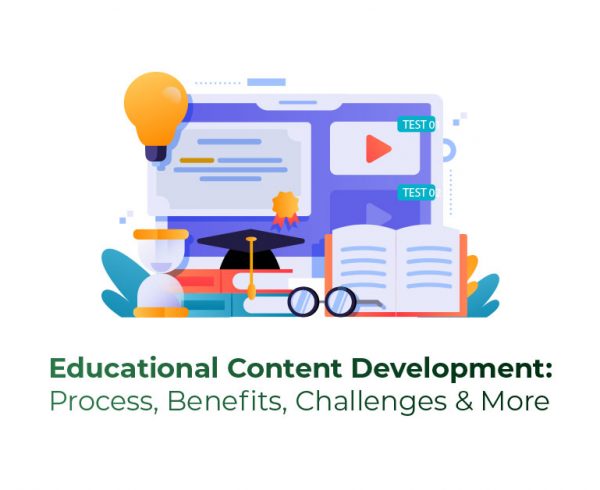Table of Contents:
- Introduction
- Causes of Mental Health Problems Among Students And Teachers
- Common Mental Health Challenges
- Ways To Address Mental Health Challenges
- Conclusion
Introduction
Mental health problems continue to increase year by year in every country. In the USA alone, 50 million adults experience a mental illness. Mental health illnesses don’t just affect adults. They also affect children, adolescents, and young adults.
According to WHO, every 1 in 7 10-19-year-old suffers from a mental health condition. Additionally, 18-25-year-olds are the most vulnerable age group to experience mental health concerns and have the highest rate of experiencing serious mental illnesses.
Given the high proportion of mental illnesses among young adults, how exactly can you address mental health challenges?
The answer lies in social-emotional learning and other related strategies.
But before delving into them, it’s important to understand the causes and the mental health challenges higher-ed students and teachers are going through.
Causes of Mental Health Problems Among Students and Teachers
Going to a college or university after school brings forth a period of tumultuous transition for students. While living away from home on campus or off-campus can initially seem exciting, it can eventually turn distressing.
To top this off, completing endless assignments, giving one exam after another, carrying out society’s activities, working a part-time job, and much more can cause a lot of stress. Long-term or prolonged stress negatively impacts a student’s mental health and leads to the development of mental health illnesses.
Besides the students, even the teachers can develop mental illnesses. In higher education institutions, teachers have to handle a huge workload, work long hours, conduct research and publish papers, develop engaging lesson plans, understand students’ learning styles, and so many other things.
This can trigger distress and cause burnout, rendering teachers vulnerable to mental health conditions.
Also Read: Understanding the Impact of Socio-Cultural Factors on Learning Design
Common Mental Health Challenges
Both students and teachers are equally prone to experiencing mental health challenges. Some common mental illnesses that can plague their lives include:
1. Depression
About 21 million adults in the USA live with depression. Among them, 18-29-year-olds have the highest prevalence level at 21%, while that of 30-44-year-olds is 16.8%.
Students and teachers with depression are likely to experience symptoms such as:
- Feelings of sadness, guilt, and hopelessness
- Changes in sleep and appetite
- Withdrawal from people – social isolation
- Trouble concentrating and completing work
2. Anxiety
Every college student and teacher in a higher education institution experiences anxiety from time to time. Anxiety is normal only if it doesn’t interfere with their day-to-day functioning.
The moment it does – it can lead to the development of anxiety disorders, one of the most common illnesses affecting around 42.5 million in the USA. Some commonly occurring anxiety disorders include generalized anxiety disorder, panic disorder, and social anxiety disorder.
3. Suicide
The fourth leading cause of mortality among the ages of 15-29, suicide, includes the elements of suicidal ideation, intent, and self-harming tendencies.
Students and teachers considering suicide can show signs and symptoms like increasing absenteeism, loss of interest in activities, decreasing effort and grades, and marked personality change.
4. Substance Misuse
According to statistics, 28.320 million people in the USA live with an alcohol use disorder. Among them, 18-25-year-olds make up the highest percentage (39%) of drug users.
This high prevalence of substance misuse is brought on by reasons like wanting to forget the bad moments of the present or past, numbing the persistent troubling feelings and emotions, etc.
Overall, indulging in alcohol or drugs is a very unhealthy way of coping with stress and emotional difficulties.
5. Eating Disorders
Eating disorders like anorexia nervosa, binge eating, and bulimia nervosa are quite common among college students. These disorders involve an unhealthy concern with one’s weight and body image, resulting in starving or excessive bouts of eating followed by purging.
Ways to Address Mental Health Challenges
Now that you know the causal factors and mental health challenges – let’s understand how you can address and tackle them.
1. Social-Emotional Learning
Social-emotional learning (SEL) is an educational methodology that teaches social, emotional, and other related skills to help students and teachers cope better with their emotions and succeed.
The foundation of social-emotional learning is made up of five core competencies, as follows:
- Self-awareness: Involves the recognition of one’s own emotions, feelings, thoughts, behavior, strengths, and weaknesses. It leads to the creation of a positive sense of identity and image.
- Self-management: Involves regulation and control over one’s thoughts, emotions, and behavior. It emphasizes building skills like goal setting, stress management, problem-solving, and impulse control.
- Social awareness: Involves the ability to identify and understand others’ thoughts, emotions, and behaviors. It further involves being empathetic and respectful toward others’ cultures and values.
- Relationship skills: Involve the ability to develop and maintain healthy relationships with others. They further emphasized building skills like active listening, effective communication, conflict resolution, etc.
- Responsible decision-making: Involves the ability to make constructive choices that foster the well-being of oneself and others.
Social-emotional learning comes with several benefits. SEL equips students and teachers with the skills required to:
- Cope effectively with stress
- Build positive self-esteem
- Establish healthy relationships
- Improve mental health and prevent mental illnesses
2. Mental Health Awareness: Dissemination And Psychoeducation
The high proportion of mental illnesses can be decreased by making students and teachers aware of them. Thus, conducting workshops, seminars, and related sessions about mental health conditions – their causes, symptoms, and treatments – is essential.
This will help in the early recognition and prevention of serious mental health issues, thus facilitating and promoting the well-being of students and teachers.
In cases where students and teachers already suffer from a mental health condition, educating them about the various facets of their condition is instrumental. Psychoeducation familiarizes students and teachers with their illnesses, provides external mental health support, and promotes better treatment outcomes.
Conclusion
There are so many mental health issues plaguing the lives of people in educational institutions, making the provision of student mental health services a necessity. Considering this, if you want to introduce social-emotional learning in your educational institutions, outsourcing services from Hurix Digital is a great idea.
Hurix Digital offers custom educational content to meet the unique mental health needs of people in your higher-ed institution. With the help of SMEs, multimedia-rich elements, bite-sized learning modules, and more, Hurix Digital helps you deliver engaging content.
It also helps provide training programs to improve your students’ and teachers’ social-emotional skills and capability to deal with mental illnesses. As a firm believer in providing compelling content, Hurix Digital is the trusted choice of educational companies like Cambridge University Press, McGraw Hill, Wiley, and more.
To know more about higher-ed custom mental health content solutions, get in touch with Hurix Digital.











